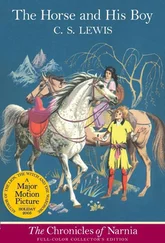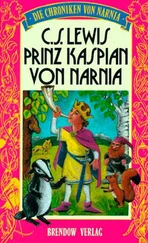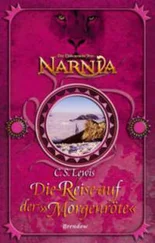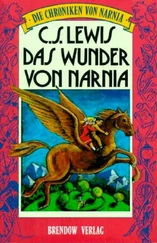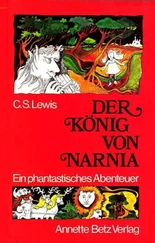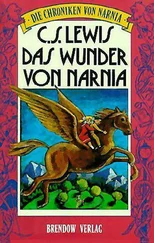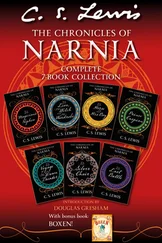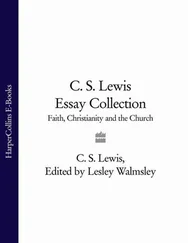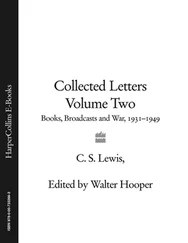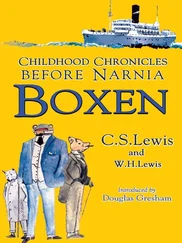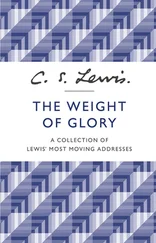18L. Sprague de Camp and Fletcher Pratt, The Roaring Trumpet (1940); The Mathematics of Magic (1940); The Incomplete Enchanter (New York: Pyramid Books, 1941).
19i.e., The Incomplete Enchanter .
20These notes relate to Blamires’s unpublished book on the Christian philosophy of education.
21Carol Jenkins was writing from Westmead, 35 Flushcombe Lane, Bath.
22i.e., the name Asian.
23 The Thousand and One Nights: Commonly Called, in England, The Arabian Nights’ Entertainments , trans. Edward William Lane (1838-40).
24i.e., The Lion, the Witch and the Wardrobe .
25Wayland Hilton Young (1923-), who became the 2nd Baron Kennet in 1960, is the son of Edward Hilton Young, 1st Baron Kennet (1879-1960) and Lady Edith Agnes Kathleen Bruce (1878-1947). He was born in London on 2 August 1923, and educated at Stowe School. He served in the Royal Navy, 1942-5. Following the war he went to Trinity College, Cambridge, taking his BA in 1946. Young entered the Foreign Office in 1946 and was Parliamentary Secretary for the Ministry of Housing and Local Government, 1966-70, Opposition spokesman on foreign affairs and science policy, 1971-4, a Member of the European Parliament, 1978-9, and SDP spokesman in the House of Lords on foreign affairs and defence, 1981-90. In 1948 he married Elizabeth Adams, daughter of Captain Bryan Fullerton Adams, and they had six children. His many published books and pamphlets, on subjects such as defence, disarmament, the environment and architecture, include Deadweight (1952), Now or Never (1953), The Monten Scandal (1957), Still Alive Tomorrow (1958), Strategy for Survival (1959), The Futures of Europe (1976), The Rebirth of Britain (1982) and Northern Lazio (1990).
26i.e., John Lane The Bodley Head, the publishers of Lewis’s interplanetary trilogy.
27‘excessive’ or ‘in the way’.
28 That Hideous Strength .
29A word is missing from the text.
30A poem by Robert Browning included in his Dramatis Personae (1864).
311 Timothy 4:10: ‘We both labour and suffer reproach, because we trust in the living God, who is the Saviour of all men, specially of those that believe.’
*i.e. Hades, the land of the dead: not Gehenna, the land of the lost.
32This letter was first published in the Church Times , CXXXV (8 February 1952), p. 95, under the title ‘Mere Christians’.
33R. D. Daunton-Fear, ‘Evangelical Churchmanship’, Church Times , CXXXV (1 February 1952), p. 77.
34An abbreviated form of the quotation from St Vincent of Lerins, Commonitorium , IV, section 3: ‘Id teneamus, quod ubique, quod semper, quod ab omnibus creditum est’: ‘Let us hold on to that which has been believed everywhere, always, by everyone.’
35Richard Baxter, Church-history of the Government of Bishops and their Councils (1680), ‘What History is Credible, and What Not’, p. xv: ‘You know not of what Party I am of, nor what to call me; I am sorrier for you in this than for my self; if you know not, I will tell you, I am a CHRISTIAN, a MERE CHRISTIAN, of no other Religion; and the Church that I am of is the Christian Church, and hath been visible where ever the Christian Religion and Church hath been visible.’
36This was a short story Mathews had written.
37 The Gospels , trans, into modern English by ] . B. Phillips (London: Bles, 1952).
38‘general presentation’.
39One or two words are missing from the facsimile copy.
40Genia Goelz was being baptized.
41The twelve-week period between the end of Trinity Term, which ends on 6 July, and the beginning of Michaelmas Term, which starts on 1 October.
42Helen D. Calkins, who first wrote to Lewis from India, had returned to the United States and was now writing from 915 Taylor Street, Albany, California.
43Calkins’s unpublished work, ‘India Looks’, mentioned in the letter of 29 March 1952.
44See the biography of John Alexander Chapman (1875-1968) in CL II, p. 954n.
45J. A. Chapman, War (Windsor: Savile Press, 1951).
46Warnie.
47Lewis usually stayed at the Old Inn in Crawfordsburn when visiting Greeves.
48Anthony Trollope, The Last Chronicle of Barset (1867).
49Mark 9:24.
50John 7:17.
51Roger Lancelyn Green, The Luck of the Lynns: A Story of Hidden Treasure (1952).
52For some time Lewis had been planning a holiday with Arthur Greeves in Northern Ireland. He expected to arrive at Greeves’s house on 21 August, and leave on the night of 8 September. Lewis and Green had long wanted to visit the ruined castles of North Wales, beginning with Beaumaris Castle, Anglesey.
53Liverpool.
54This letter is found only in Vanauken, A Severe Mercy , ch. 5, p. 110.
55Michael Kevin Irwin (1944-), a schoolboy who wrote to Lewis about the Narnian stories, was born on 2 December 1944. He was educated at St Edward’s School, Oxford, and was the son of the Rev. Patrick Irwin, to whom Lewis wrote on 26 September 1952.
56E. Nesbit, The Phoenix and the Carpet (1904); The Story of the Amulet (1906).
57J. R. R. Tolkien, The Hobbit: or There and Back Again (1937).
58George MacDonald, The Princess and the Goblin (1872); The Princess and Curdie (1883).
59Baloo is the sleepy brown bear in Rudyard Kipling’s The Jungle Book .
60Bulkeley Arms Hotel, Beaumaris.
61Richard Hughes, A High Wind in Jamaica (1929).
62Ralph Waldo Emerson, May-day and Other Pieces (1867), ‘Brahma’, 11.
63In Miracles: A Preliminary Study (London: Bles, 1947; Fount, 1998), pp. 90, 110, Lewis quotes from Alfred North Whitehead’s Science and the Modern World (1925).
64See Mary Neylan, mother of Sarah Neylan, in the Biographical Appendix to CL II, pp. 1054-5.
65i.e., Charles Williams.
66Joseph Stalin.
67Graham Greene, The Power and the Glory (1940). This novel, usually regarded as Greene’s best, is set in Mexico during a time of religious persecution. It describes the desperate last wanderings of a priest, the central character in the book, who is never given a name. The priest, who ‘carried a wound, as though a whole world had died’, commits the moral sin of fornication with the peasant woman Maria, after falling into the worst sin of ‘despair’. The only priest left in the state who has not either escaped or died, or conformed to the atheistic government, he returns to the village where Maria lives with their illegitimate daughter. Despite the fact that he believes himself to be condemned by God, he knows he can nevertheless bring salvation to others. In the end he achieves holiness and eventually martyrdom by virtue of, rather than in spite of, his sins.
68Evelyn Waugh’s Brideshead Revisited . See the letter to Christian Hardie of 22 March 1951.
69William Shakespeare, Macbeth (1623).
70Lewis’s confessor was Father Walter Adams SSJE of Cowley, Oxford. He had been Lewis’s confessor since Lewis began going to confession in 1940. Father Adams died on 3 March 1952, but Lewis is curiously wrong about his dying at the altar. He died peacefully at the home of friends in Headington. See Father Walter Adams SSJEin the Biographical Appendix to CL II, pp. 1015-16.
71The words quoted seem to be a conflation of two very similar passages. The first is Thomas à Kempis, The Imitation of Christ , Book IV, Ch. 4, 3: ‘et tu fons es semper plenus et super abundans, ignis semper ardens et numquam deficiens’: ‘and you are a fountain ever full and over abundant, a flame always burning and never failing’. This passage has a textual problem: sometimes ‘ignis semper ardens’ is read as ‘ignis iugiter ardens’, ‘a flame continually burning’. Lewis’s text presumably read ‘ignis iugiter ardens’. Then there is the passage from Book IV, Ch. 16, 3: ‘cum tu sis ignis semper ardens et numquam deficiens, amor corda purificans et intellectum illuminans’: ‘since you are a flame always burning and never failing, a love that purifies the heart and illuminates the intellect’. Lewis seems to have conflated the two passages in his memory, creating something like this: ‘cum tu sis ignis iugiter ardens et numquam deficiens, amor corda…’
Читать дальше

